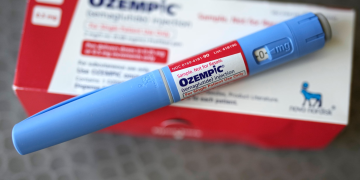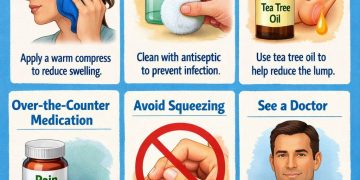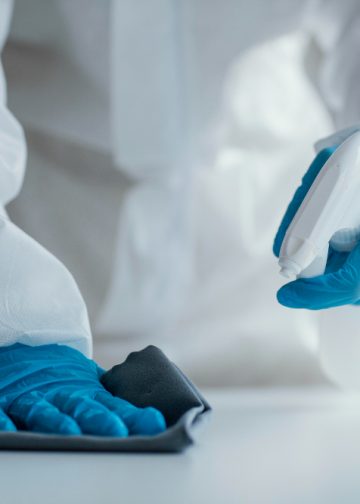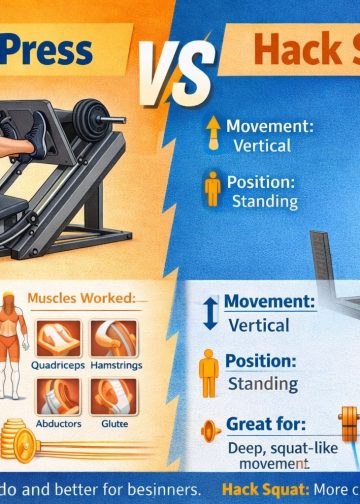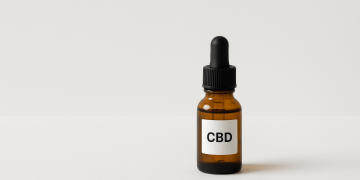Toenails can be very painful and painful, and worst of all, they can be easily damaged. If your thick white stuff under toenail are infected, you will need to treat the infection to prevent it from getting worse. To remove the infection of the toenails, gently soak the nails in warm water, gently wipe the edges, and then apply antibacterial ointment directly under the nails. Although this is a good start, it is strongly recommended that you see a podiatrist for proper treatment instead of relying on home remedies to treat the infection.
Pain and Swelling
Wet your feet. To reduce the pain and swelling caused by the toenails, soak the nails in warm soapy water for 10-20 minutes, 3 times a day for 1-2 weeks. Epsom salts can also help relieve pain and inflammation. Add about 1.9 warm water to the bathtub, and then add 3 tablespoons (75 grams) of Epsom salt. Immerse your feet in the water and let stand for about 15 minutes until the water becomes wet. When wet, dry your feet thoroughly. You can do this multiple times a day, or depending on the growth of your toenails. Do not immerse your feet in hot water. It should always be soaked in warm water.
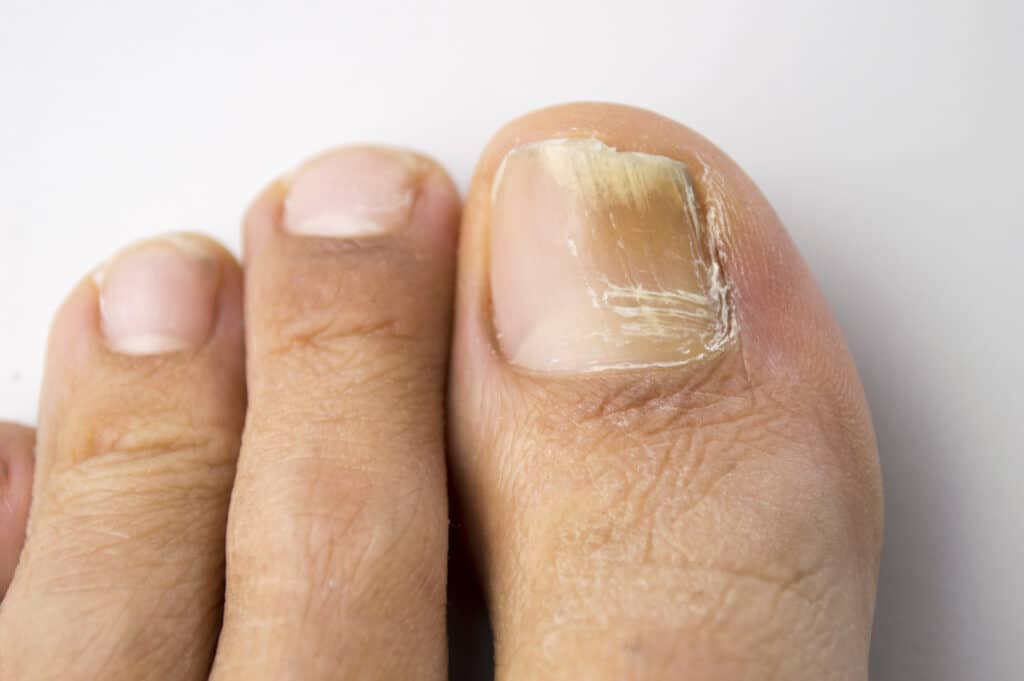
Inner Edge
Support the edge of the nail. In order to reduce the pressure under the inner edge of the toenail, doctors sometimes recommend raising the nail a little bit. You can do this by placing a small piece of lint or thick thread under the edge of the nail. This method helps to remove the nail from the skin so that it no longer penetrates into the skin. If you are using cotton wool, you can moisten it with an antiseptic to relieve pain and prevent infection from entering your toenails.
Remove Moisture
If the nails are affected, it can also help remove moisture from under the nails. If you use thick foil, make sure it is odorless and wax-free. Do not place metal tools under your nails to try to insert cotton or thread. Apply antibacterial ointment. Antibacterial ointment helps treat infected toenails. Dry your feet before applying the ointment. Cover the affected area with antibacterial cream. Apply the ointment thickly to the affected area of the foot. Wrap a large-looking bandage around your leg. This prevents dirt from entering the wound and keeps the ointment in place.
Use Antiseptic Ointment
Use antiseptic ointment such as Neosporin. Go to your pediatrician. Infected thick white stuff under toenail should not be treated at home like most infected wounds. See a podiatrist, or pediatrician, to treat your infection. If the infection and nail are severe enough, minor surgery may be required. However, in most cases, a simple surgical procedure involves listening to the nail bed, and then using the doctor's scissors or scissors to remove part of the thumb.
Don't cut your nails
Don't cut your nails. A common misconception is that sketches should be cropped. Contrary to popular belief, nail biting can worsen the infection. It may also lead to more miniature models in the future. Trim your nails and hold to reduce pressure.
The doctor can trim the toenails, but not at home. Don't dig holes under your nails. It is tempting to try to relieve pressure or sink under the skin and pull the nails away from the skin. Don't do this because it will worsen the infection and further damage your thumb nail.
Metal Tools
Avoid putting tweezers or other metal tools on the toenails. Marketing Insider Group, Found the correct way to find article titles on only 3 sites. Learn how to start ranking on the first page of search, no matter the size of your business. Don't try to eliminate the infection. There is a popular belief that you must puncture a blister or pistol because of an infection. You should not do this because it will only make the situation worse.
Thick Nails
If you have thick nails, you may find it embarrassing to expose your legs. Thick nails are usually caused by fungi, but they can also be the result of aging, trauma, or underlying diseases such as diabetes or psoriasis. Fortunately, many causes of thick nails are treatable. Be careful not to cut yourself, especially if your blood circulation is poor. Diseases such as diabetes can cause thick white stuff under toenail and poor blood circulation. As a result, you may feel numbness in your legs, which means that if you cut yourself, you may not feel it right away. Untreated cuts can lead to infections and serious health complications, so be careful when cutting toenails.







